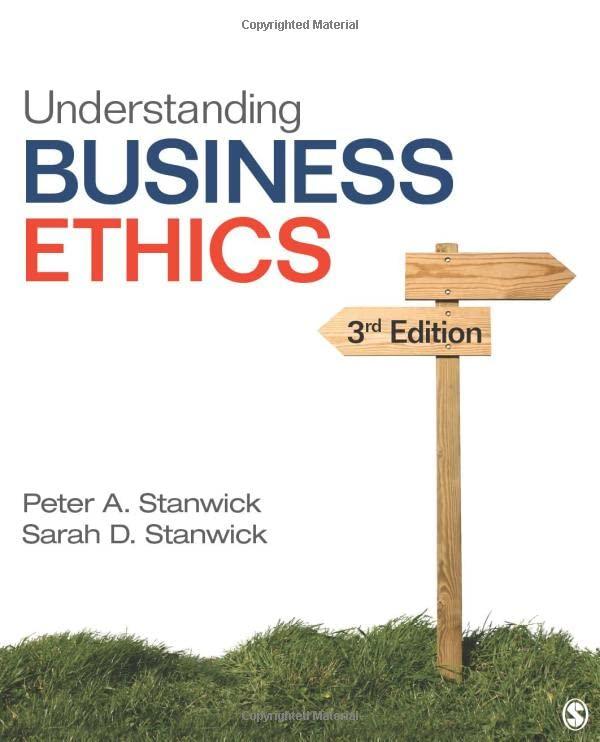Question
Your firm has agreed to represent Scott, an insured of XyZ insurance company. scott was sued by a person injured in an automobile accident that
Your firm has agreed to represent Scott, an insured of XyZ insurance company. scott was sued by a person injured in an automobile accident that scott was responsible for. scott's policy limits were $15,000 per person, $30,000 per accident. The jury returned a verdict against Scott for $50,000. XyZ paid for the defense of the suit and paid the plaintiff $15,000 after the verdict was entered. Scott wants to know what options he has. He will have to file for bankruptcy if he has to pay the excess judgment of $35,000. your supervising attorneys want to find out if XyZ committed bad faith in not settling Scott's case.
1. What will you have to prove to show XYZ acted in bad faith?
2. Is an excess judgment always caused by bad faith?
3. What evidence will need to be presented if you are going to establish a cause of action for bad faith?
Step by Step Solution
There are 3 Steps involved in it
Step: 1
1To prove that XYZ acted in bad faith you would typically need to demonstrate that XYZ unreasonably ...
Get Instant Access to Expert-Tailored Solutions
See step-by-step solutions with expert insights and AI powered tools for academic success
Step: 2

Step: 3

Ace Your Homework with AI
Get the answers you need in no time with our AI-driven, step-by-step assistance
Get Started


